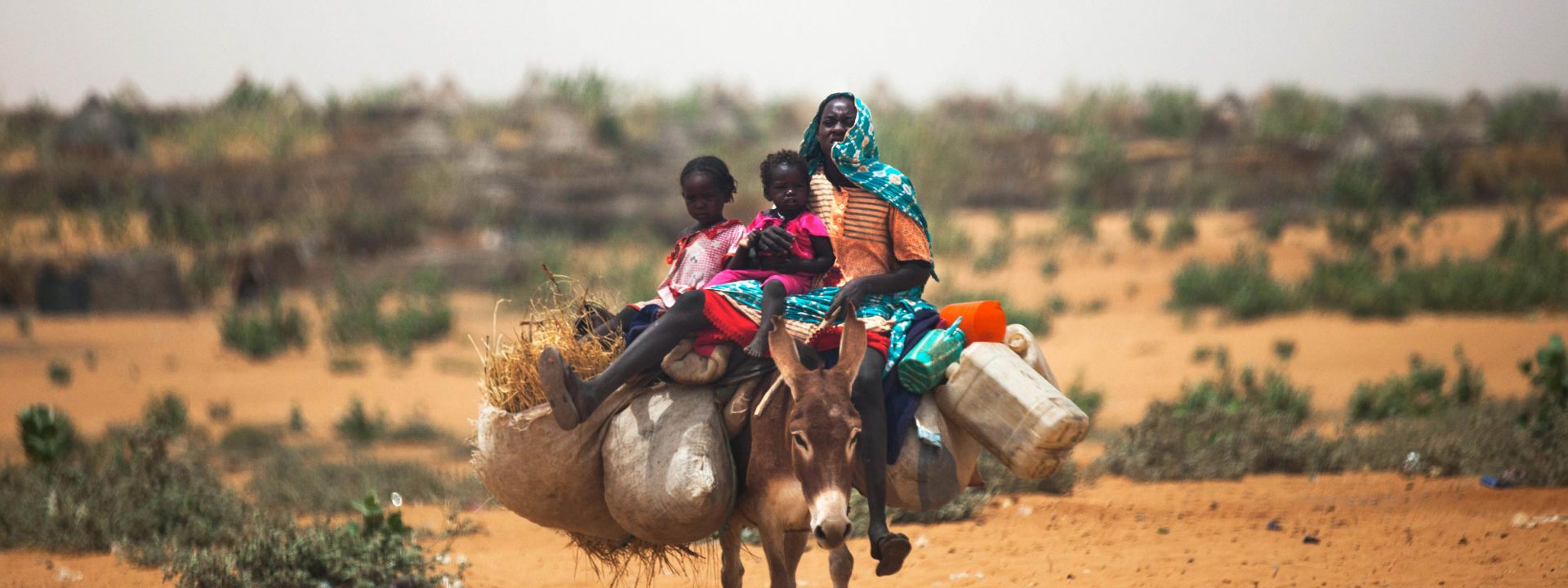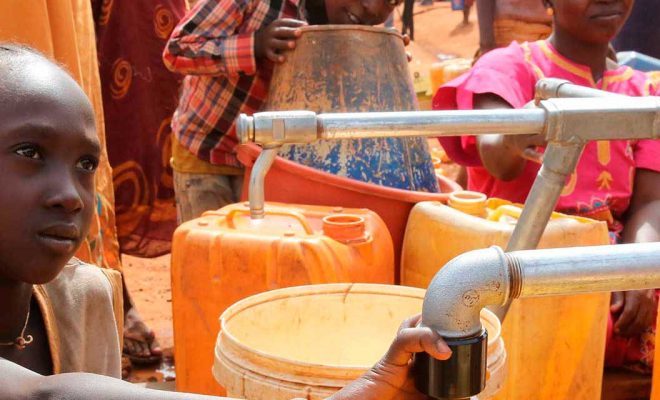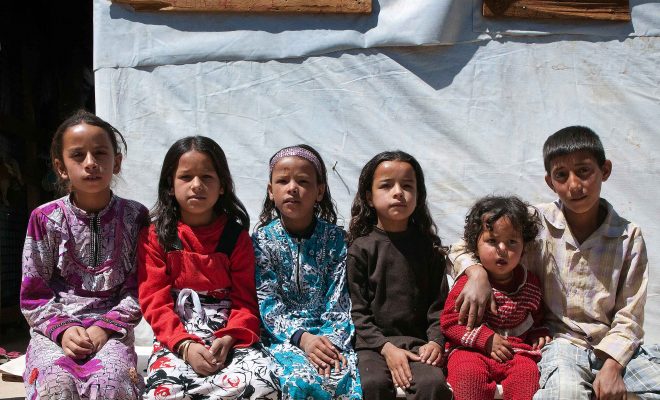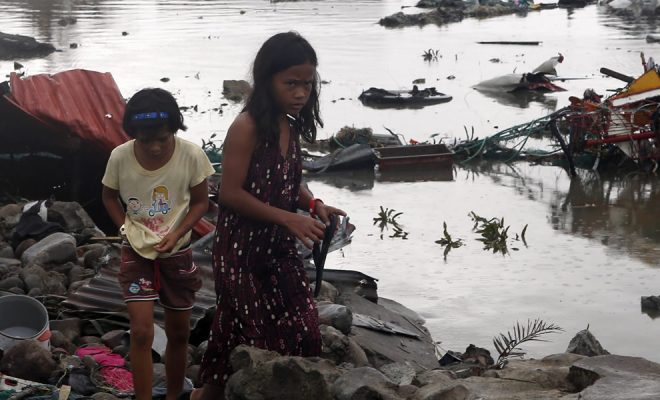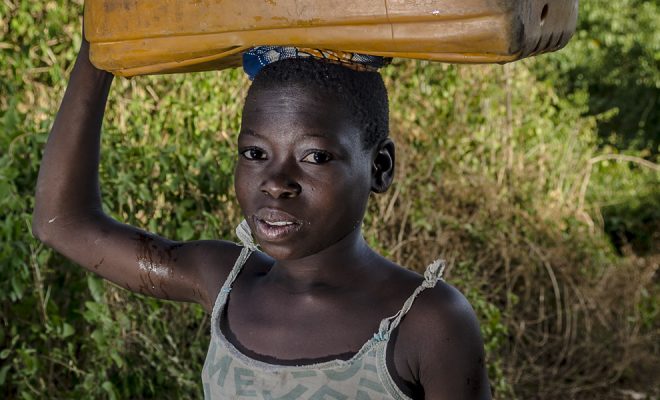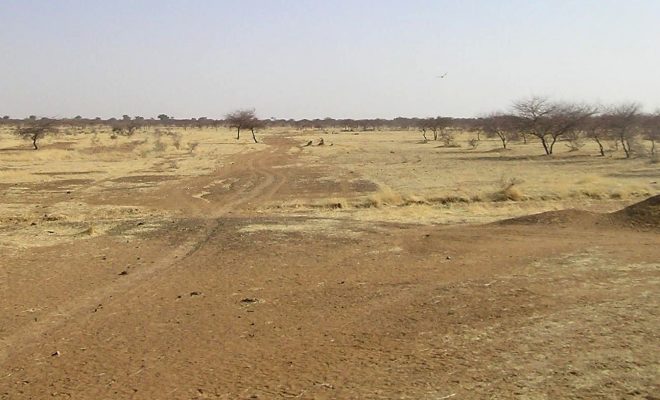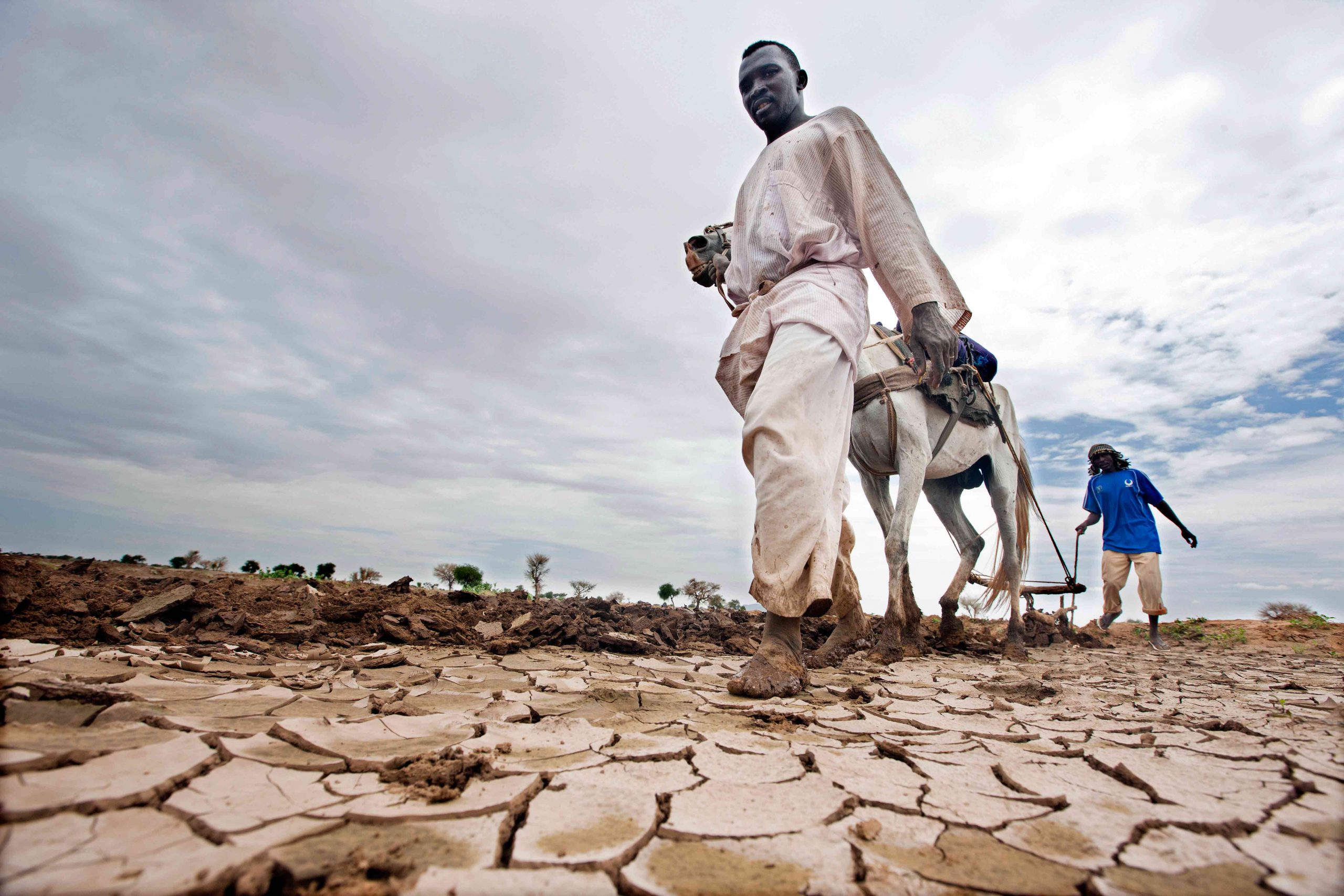
©UN Photo/Albert Gonzalez Farran
When anyone is left with no crops, no livestock, no water, migrating is the immediate option for survival. This is a common strategy among living beings. In the case of mankind, migratory movements have been a key element in the settlement of the Earth since historical records are kept. Humans have mostly migrated because of two causes: poverty and violence. The current climate crisis is related to both: it generates poverty in already impoverished areas, and it is an element that is unfortunately linked to endemic ethnic and armed conflicts in the most economically degraded regions of the planet. Hence, the term “environmental migrant” is added to the dictionary of governments and international organizations, as it implies a new challenge for the attainment of the Sustainable Development Goals (SDGs).
Modern geography classifies migrations in two large groups: cross-border or international, between different countries, and internal, referring to population movements within one country. According to the International Organization for Migration (IOM), the number of international migrants in 2017 reached 258 million, which represents 3.4 % of the world population; however, according to the UN Refugee Agency (UNHCR), internal migrants doubled that figure, exceeding 500 million.
Internal movements are therefore more numerous but they are also more silent, as they receive less attention from the media than migrations between countries; however, they threaten to cause severe humanitarian crises because of their scale and the inability of the governments of the affected countries to mitigate or adapt to severe climate situations. Many of them are already suffering from them.
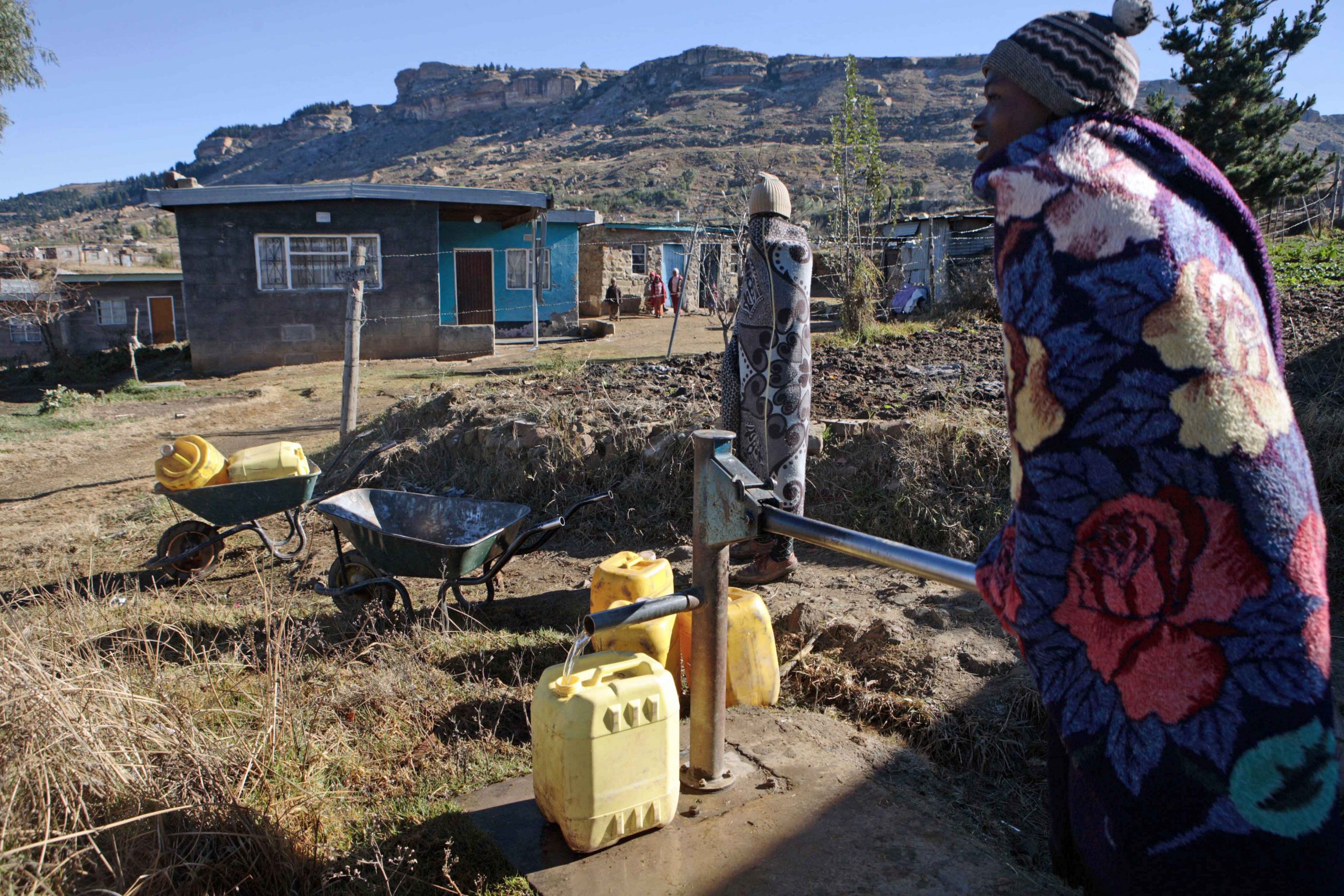
©John Hogg
Towards an essential forecasting model
The World Bank report Groundswell: Preparing for Internal Climate Migration alerts of the negative consequences of the climate crisis experienced in some of the most vulnerable areas of the planet such as sub-Saharan Africa, South Asia and Latin America. These are areas that will experience the greatest population growth in the next few decades and are therefore essential for the balance of mankind. The report has been issued by the World Bank in partnership with experts from the Columbia University Earth Institute, the City University of New York (CUNY), the Institute for Demographic Research (CIDR), and the Potsdam Institute for Climate Impact Research (PIK).
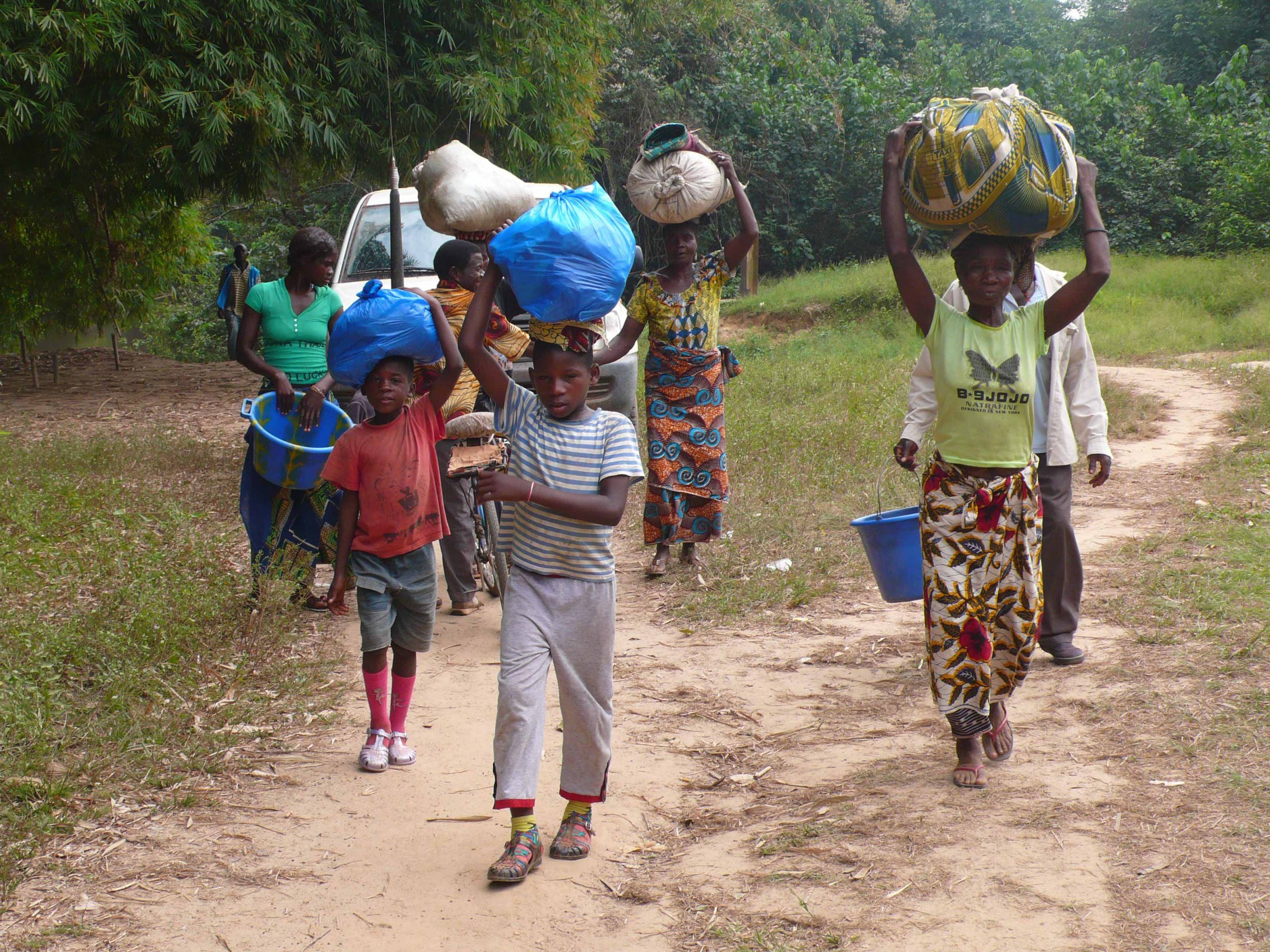
©ACNUR/B. Bannon
One of the goals of their research is to establish the foundations of a geographic model for the monitoring of the internal migratory phenomenon. This is a pioneering approach, as it relates high-resolution demographic, socioeconomic and climate data, by dividing the territory into 14 km2 grids. The goal is to model the probable changes in the population of each country in order to detect those that can be attributed to internal climate migration.
Then again, the report provides worrying estimates: up to 143 million people in these areas might become internal climate migrants by 2050, 86 million of which in sub-Saharan Africa, 40 million in South Asia and 17 million in Latin America.
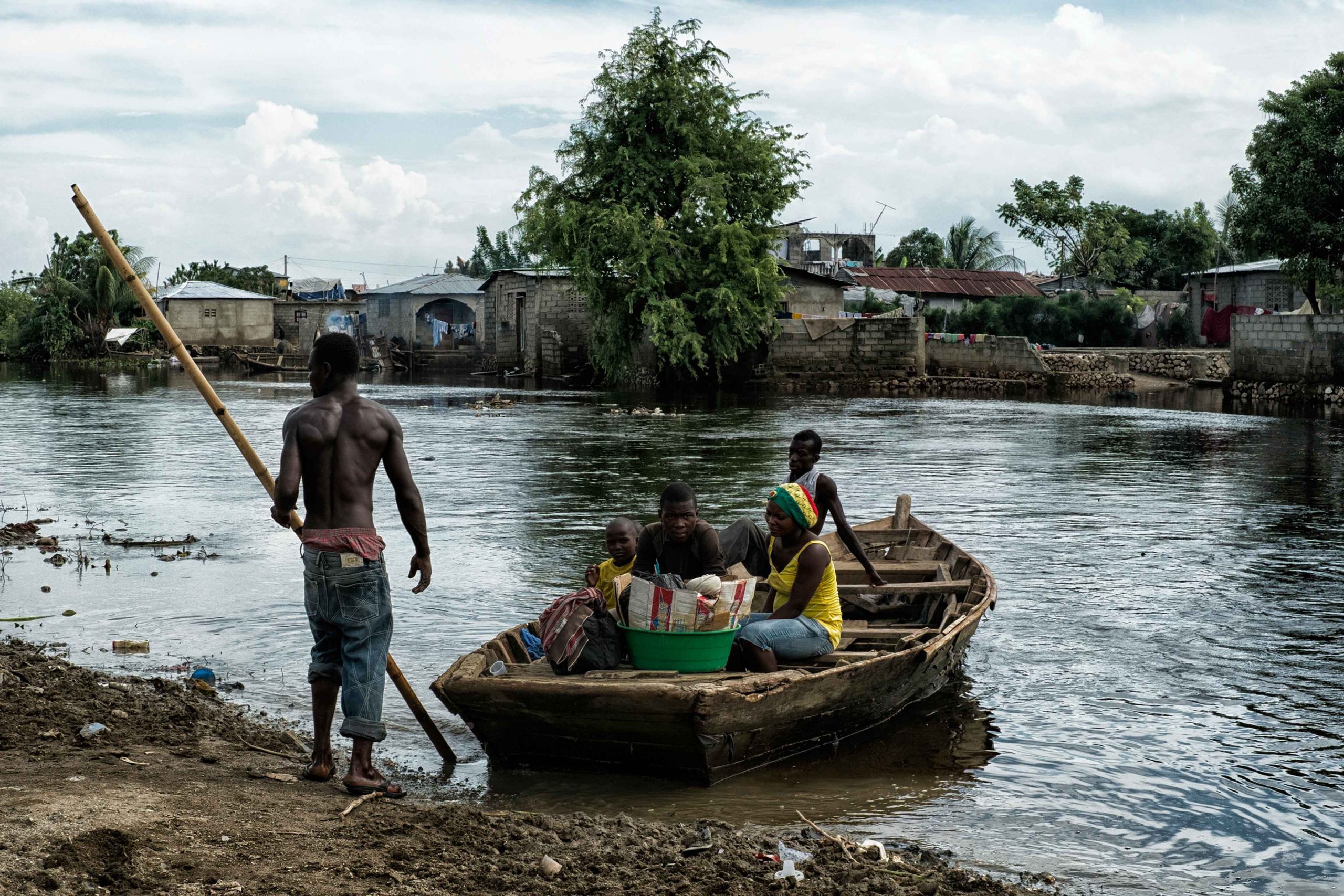
© UN Photo/Logan AbassI
A tool for prevention and adaptation
This information can end up being very useful for the governance of these areas, in which the population is estimated to double by 2050. There we find 47 of the least developed countries with less resources to control migratory movements, and they are also the most threatened by the evolution of the crisis caused by climate change. A factor that increases their vulnerability is the lack of reliable demographic data. These are very large areas, such as Sahel, in Africa, where the population has periodically migrated and where there is no exact data on the access to water, livestock, land registries or the state of crops.
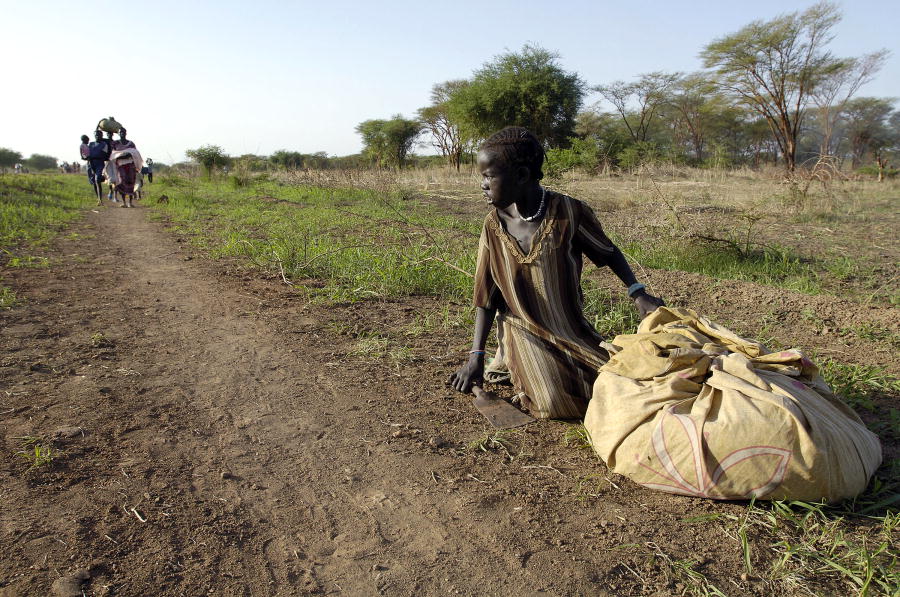
© UN Photo/Tim McKulka
The model the World Bank study intends to create takes into consideration the difficulties in obtaining these variables and it also aims to control another destabilizing phenomenon, such as the imbalances in the demographic equilibrium caused by the poorly managed cycles between droughts and periods of abundant rainfall. A good example is the Sahel, where the rainfall in the 1960s caused the return of the former shepherds and farmers, mostly driven by the governments of the countries located in the large semi-desertic strip; the return of the drought between 1968 and 1974, in a relatively overpopulated region, caused one of the most lacerating famines in recent memory.
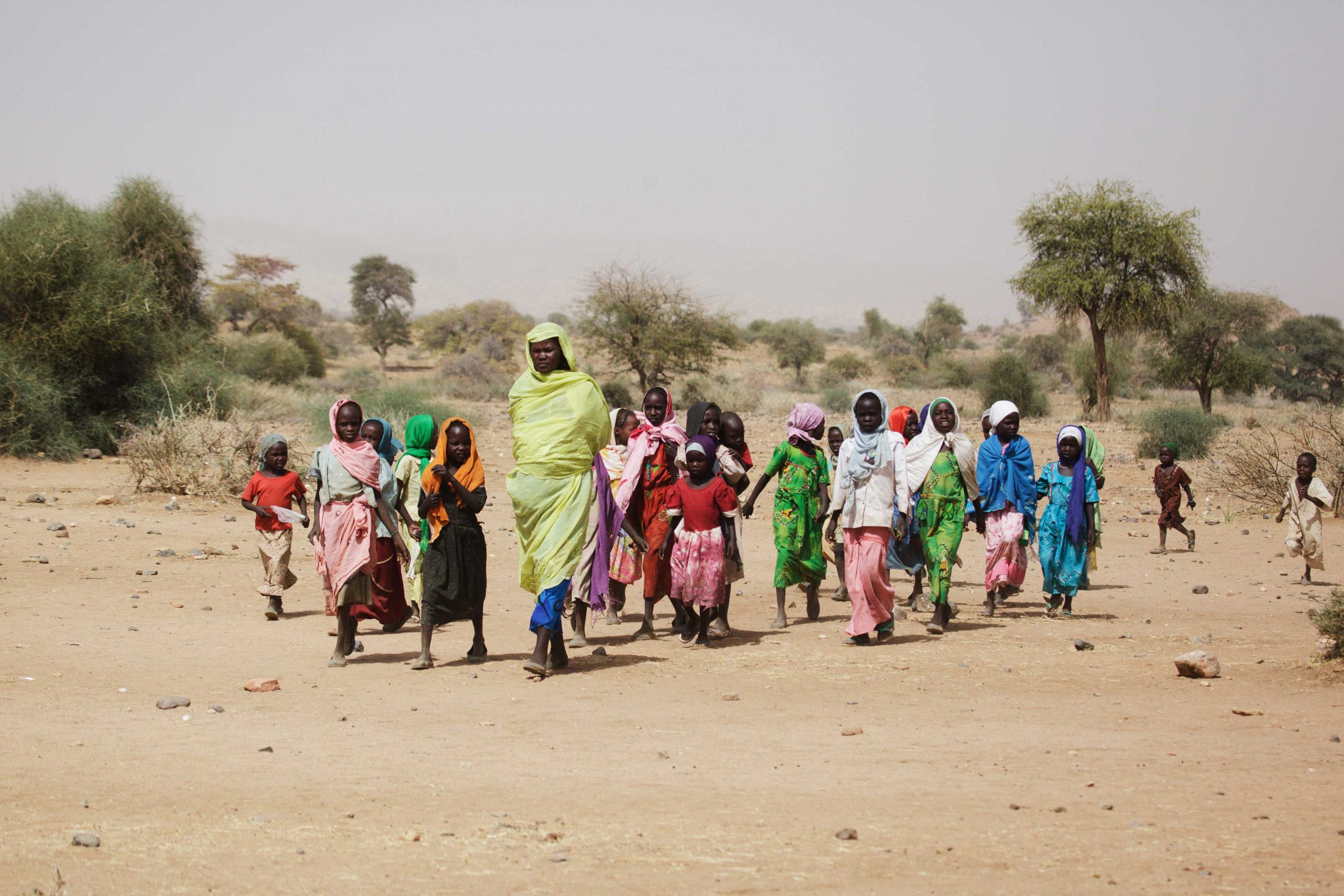
©UN Photo/Olivier Chassot
Information is power
The study confirms a factor experts have been announcing for decades: the scale of internal environmental displacement will increase until 2050, but adds that it is likely to accelerate unless appropriate action is taken.
In this sense, conclusions are not entirely pessimistic as they consider that the migration itself can be a sensible strategy to adapt to the climate crisis if properly managed and supported by good development and investment policies.
Hence, the internal environmental displacement does not have to be a crisis, but it can become a very severe humanitarian emergency if it is not controlled. The old saying “information is power” is more valid than ever.


